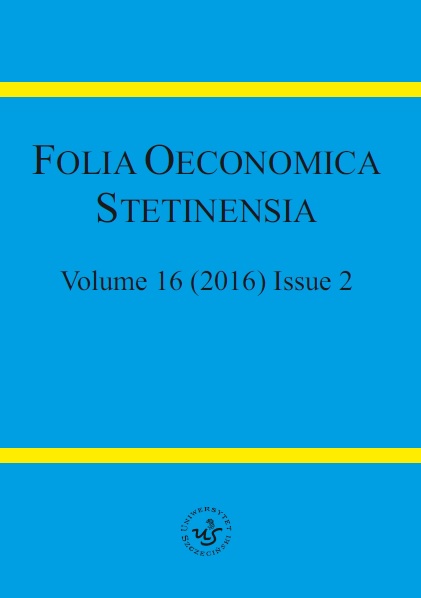Effectiveness of National Airlines in Europe – the DEA Approach
Effectiveness of National Airlines in Europe – the DEA Approach
Author(s): Agata Żółtaszek, Renata PisarekSubject(s): Economy, National Economy, Business Economy / Management
Published by: Wydawnictwo Naukowe Uniwersytetu Szczecińskiego
Keywords: Air transport; national airlines; transport economics; transport efficiency; Data Envelopment Analysis (DEA)
Summary/Abstract: National airlines operate in a highly competitive environment. EU airlines face a challenge to compete with low cost carriers, as a result of the liberalization process in the sector. European flag airlines of non- EU member states, not benefiting from liberalization, are forced to compete internationally. This research is focused on national carriers, as they provide the majority of service to and from central and regional airports. Therefore, to establish the most efficient entities on the passenger air transport market, DEA (Data Envelopment Analysis) methodology, has been utilized. The purpose of this paper is to evaluate the effectiveness of 29 chosen national airlines in Europe in the year 2013, using the DEA approach, to pinpoint the subset of fully-efficient market leaders, as well as potential sources of inefficiency, among less effective carriers. The analysis incorporates information on inputs (e.g. fleet, number of employees, number of countries and airports served) and outputs (revenue, annual passengers carried, load factor). The results show that more than 40% (12 of 29) researched airlines are effective and the other 34% are near-efficient. Moreover, outcomes suggest that “going big” may not increase effectiveness. It is harder to achieve full efficiency for big carriers than small ones.
Journal: Folia Oeconomica Stetinensia
- Issue Year: 16/2016
- Issue No: 2
- Page Range: 103-118
- Page Count: 16
- Language: English

